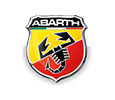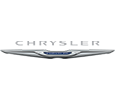Toyota iQ
- Brand: Toyota
- Body Type: Hatchback
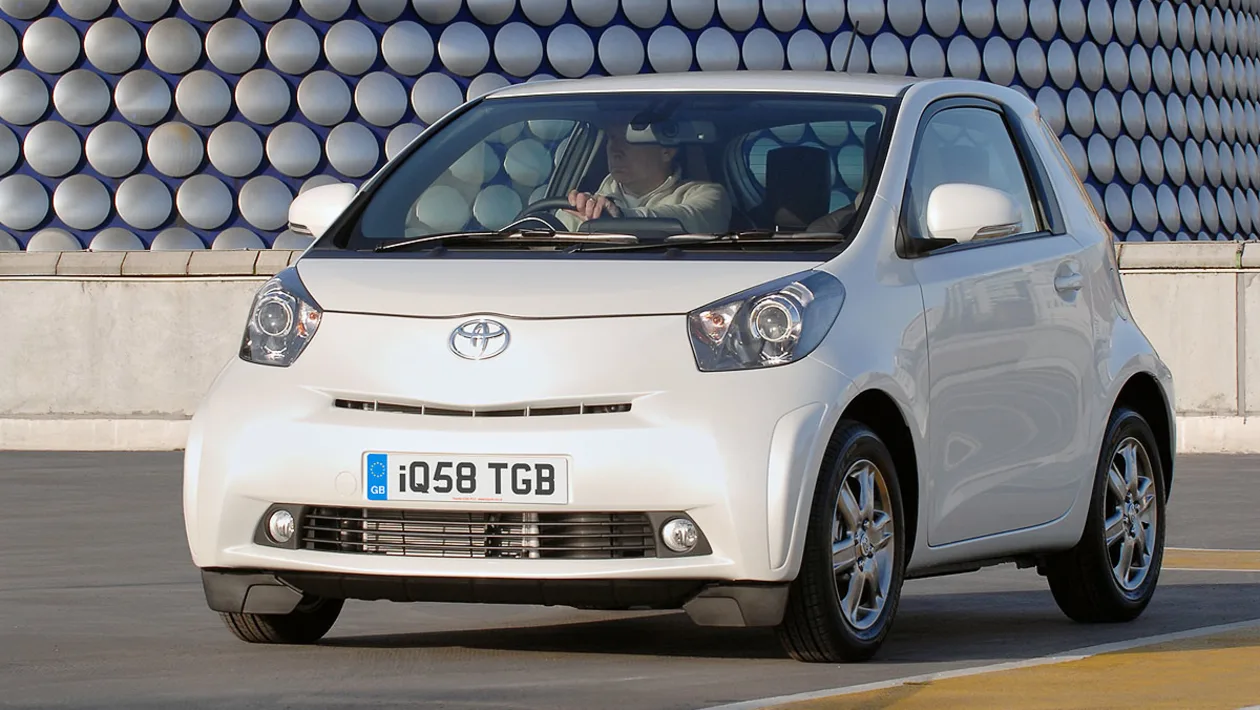
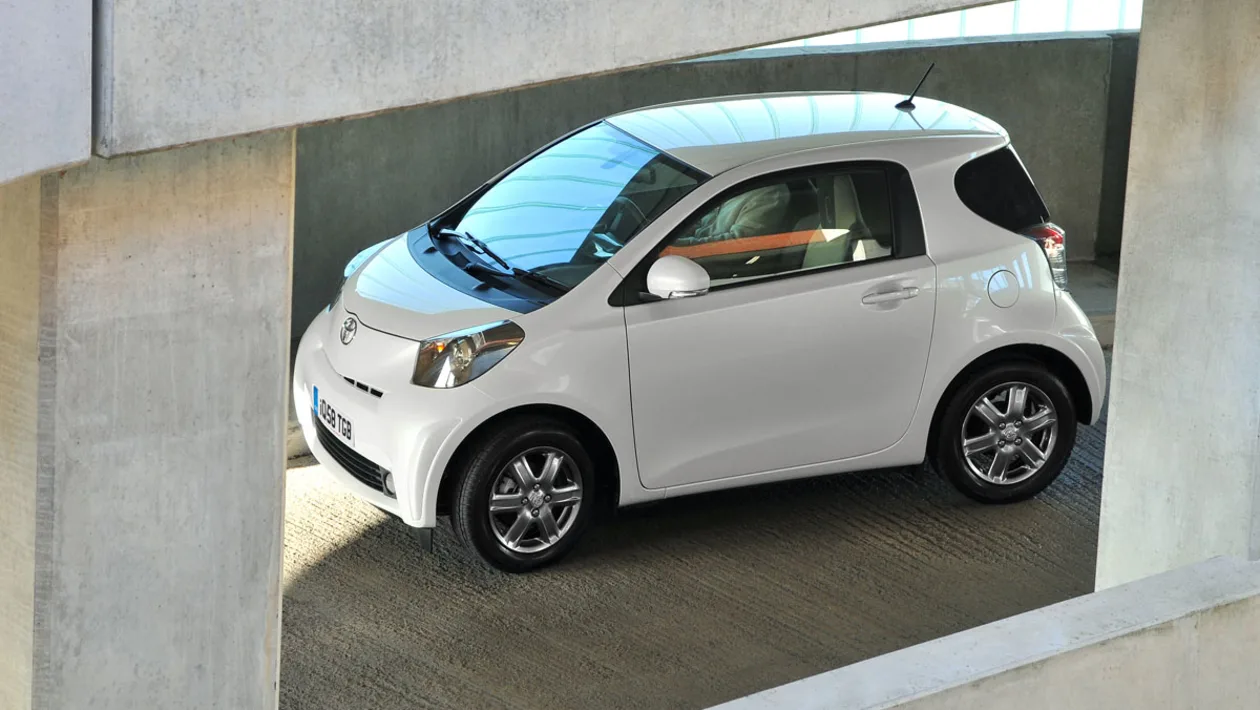


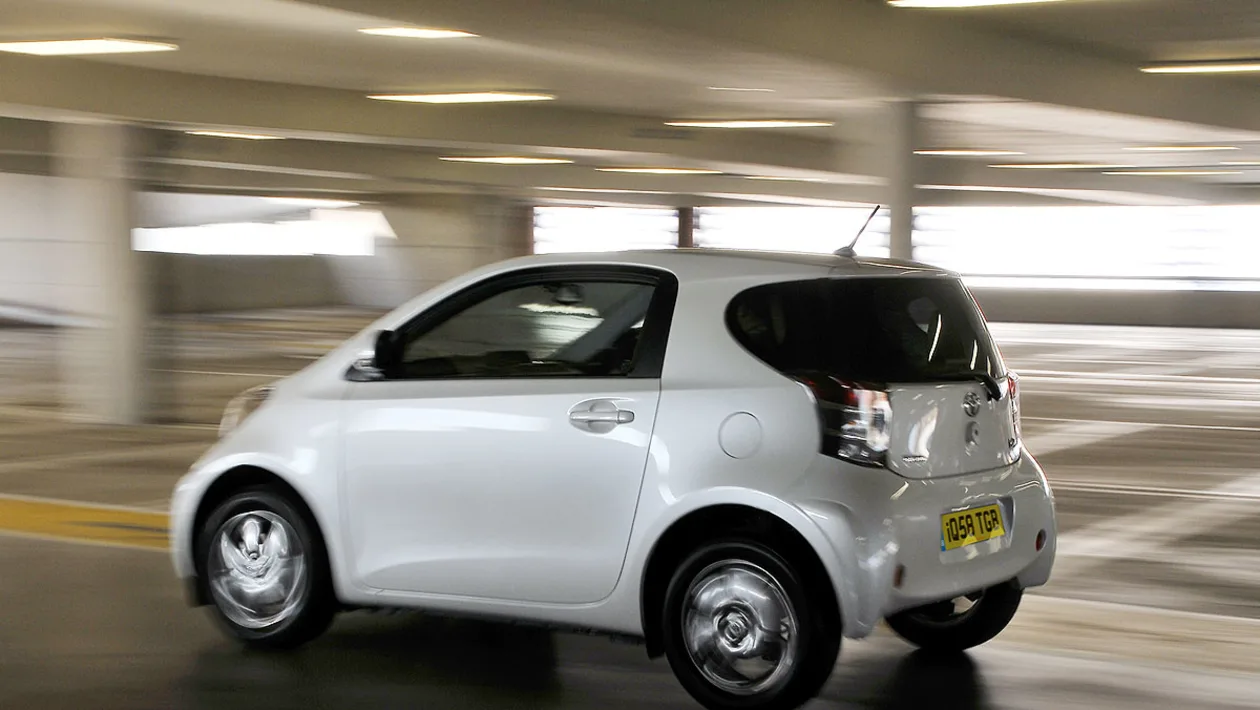
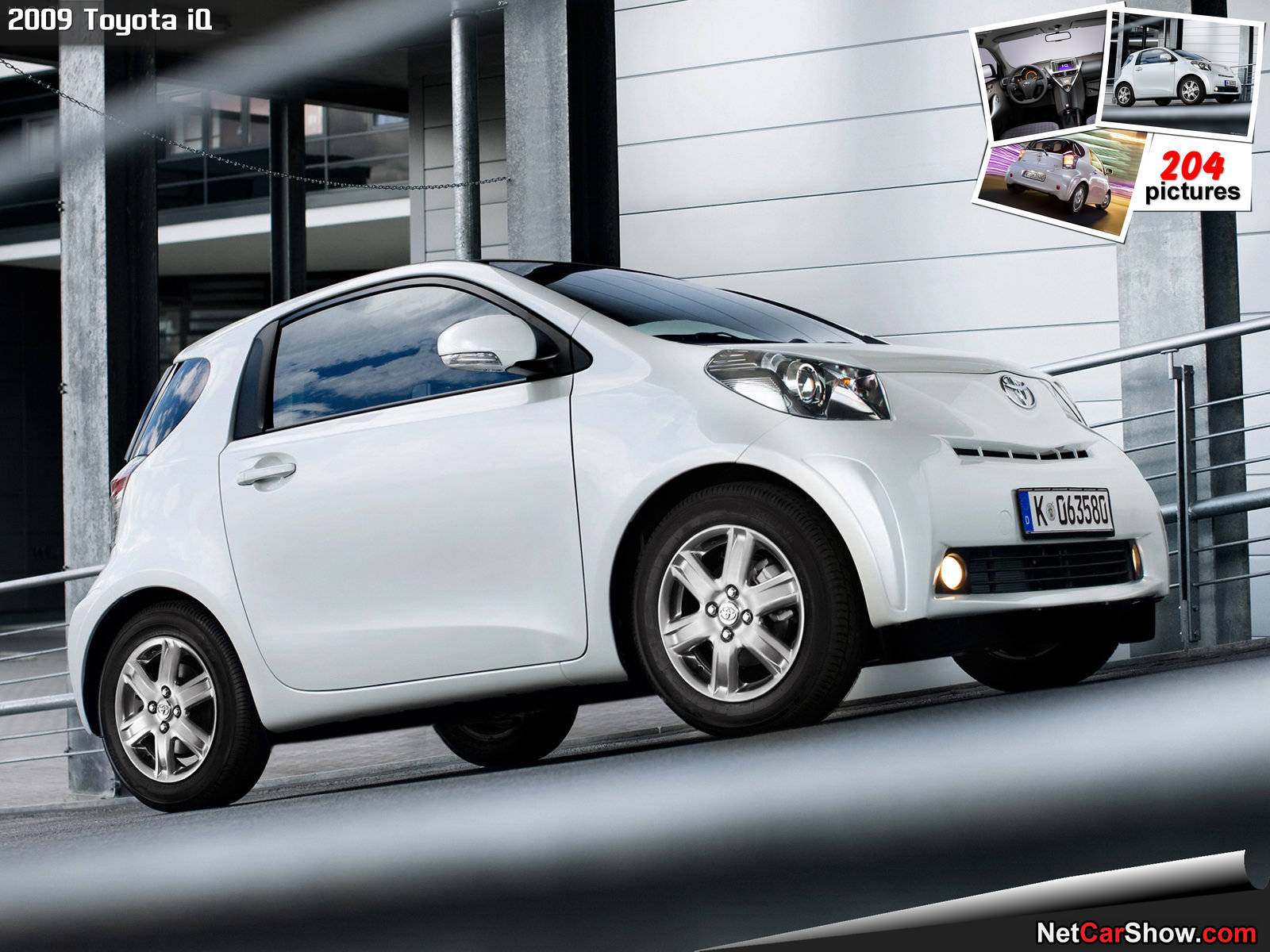

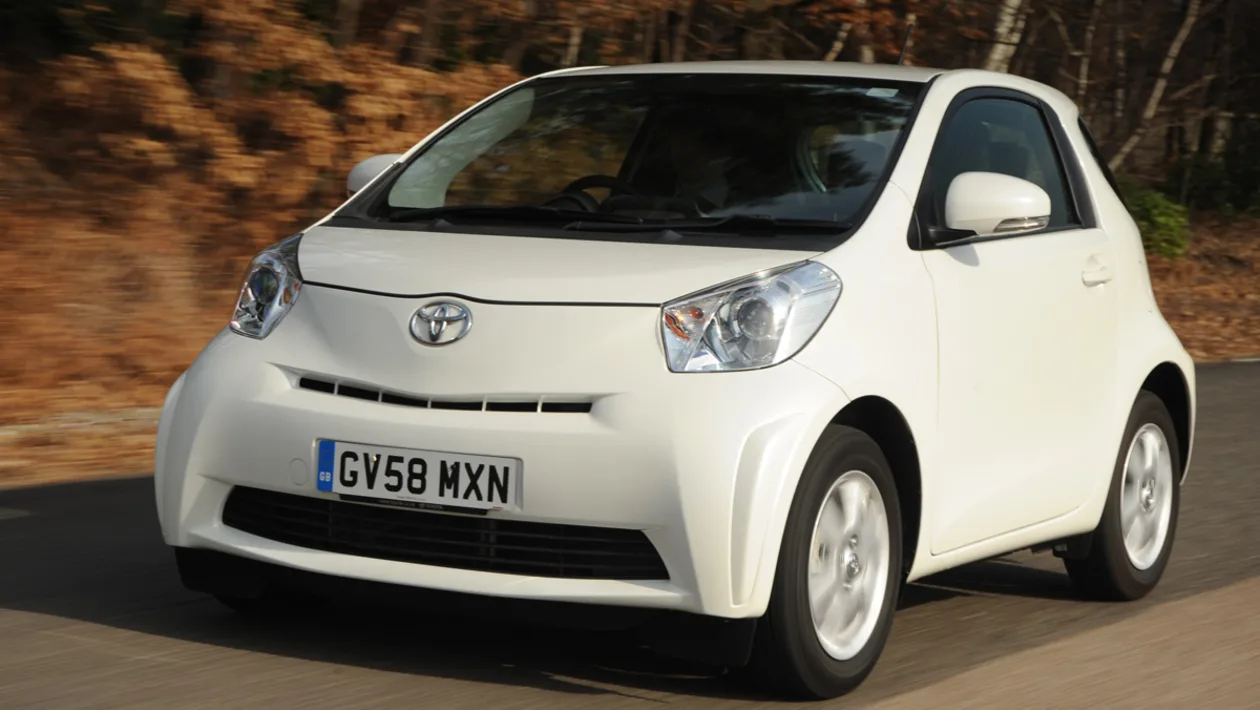
The Toyota iQ is a city car manufactured by Toyota and marketed in a single generation for Japan 2008–2016; Europe 2008–2015; and North America 2012–2015, where it was marketed as the Scion iQ. A rebadged variant was marketed in Europe as the Aston Martin Cygnet 2009–2013.
Designed at the Toyota European Design and Development studio in Nice, France, the iQ is noted for its specialized engineering to maximize passenger space and minimize length. The design accommodates four occupants, although one of the seats has very little legroom and is not suitable for adults.
Following a concept presented at the 2007 Frankfurt Motor Show, the production iQ debuted at the March 2008 Geneva Motor Show. Japanese sales began in November 2008 and European sales in January 2009.[4] In 2008, the iQ was named the Japanese Car of the Year.
The name iQ, an initialism of the term intelligence quotient, recalls a competitor, the Smart Fortwo. The letters iQ also stand for individuality, innovation, quality, a hint at its cubic form and also a cue for owners to embrace new types of vehicles and lifestyles.
The IQ design emphasizes fuel efficiency, maneuverability, low environmental impact, and interior space. Six design factors enable the minimal overhangs, forward windscreen location, maximized cabin space and overall compactness:
- A newly developed differential mounted further forward than usual
- A centre take-off steering gear
- A flat fuel tank positioned underneath the cabin floor
- Rear-angled shock absorbers to encroach less on rear passenger space
- A smaller heater/air conditioning unit mounted centrally behind the asymmetric dashboard
- A slimmer seat design.
The iQ features a transmissions differential housing located ahead of, rather than behind, the engine; a starter motor incorporated in the engine’s flywheel, a high-mounted steering rack and a compact, high-located air conditioning unit behind the dashboard central area. The arrangement allows the front passenger to sit forward of the driver, giving increased rear passenger legroom. A shallow under-floor fuel tank reduces rear overhang.

